El Valle Sagrado de los Incas, or the Sacred Valley of the Incas, is truly one of the most underrated travel destinations in the world! Many travelers and Peruvian nationals alike choose to live in the nearby city of Cusco. And though the former Inca capital has all the conveniences of a mid-sized city, Cusco hasn’t lost touch with its rich indigenous history.
There is far more industry in Cusco than in the small villages that dot the Sacred Valley, making it an ideal place to live if you’re hoping to work abroad or buff up your Spanish with a local internship. Another one of Cusco’s claims to fame is its relative proximity to Machu Picchu. Though Aguas Calientes is located at the base of the famous ruins, Cusco is the closest major city. It even has an airport.
Many travelers, therefore, stay in Cusco before making their way to Machu Picchu. On this journey, travelers follow the Urubamba River through the Sacred Valley, either by train or on foot. And for many visitors eager to feast their eyes on Machu Picchu this is all of the Sacred Valley they’ll ever see. It’s better than nothing of course, but few people devote enough time to exploring the hidden gem of a lifetime.
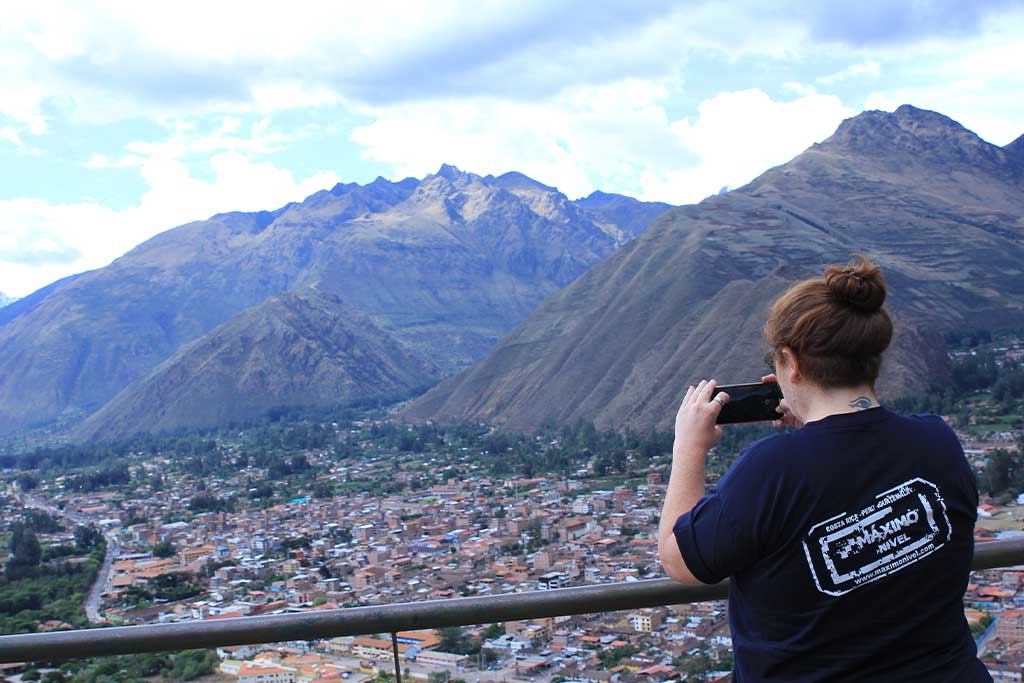
The Sacred Valley is home to many Inca ruins, some of which are arguably just as impressive as Machu Picchu without the high sticker price and large crowds. The communities across the valley are also very spiritually vibrant. Set aside more time to explore if you’re open to learning about Shamanic rituals. Many credible yoga, ayahuasca and san pedro retreats take place in this region.
Regardless of what’s drawing you to this mysterious and majestic corner of the world, it’s a worthwhile place to spend time— for a day, for a week, for a lifetime. If you’re a casual tourist hoping to maximize your time in the Andean highlands, consider buying the Boleto Turistico (or Cusco Tourist Ticket). For a little over 100 soles you can visit the majority of the region’s archeological sites in the span of the 10 days.
If you’re staying in Cusco or a neighboring village long term, you can take your time exploring. Each town is worthy of a day trip on its own, and if you have the pleasure of visiting multiple times, there’s more to see than the ruins themselves. The valley spans a large region north of Cusco, so I can’t address every possible destination. But let’s start with a few of my favorites.
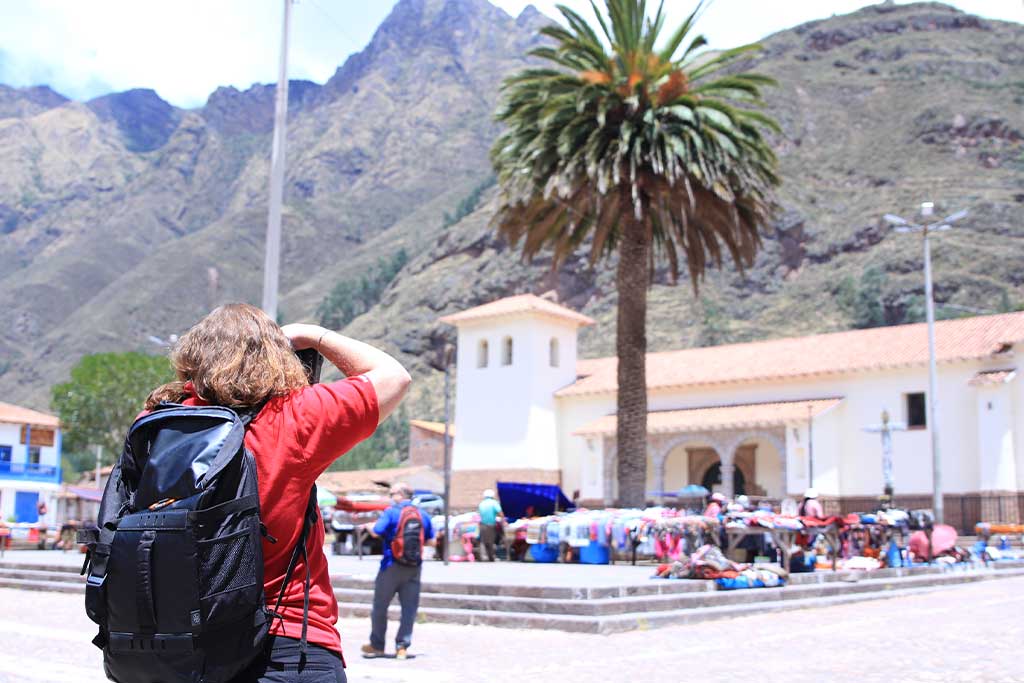
Most sites can be reached by bus, but I’d suggest taking a colectivo, which is a form of ridesharing common throughout the greater Cusco region. If you’d prefer to travel with a guide, there are also several tours you can book through Maximo Nivel that run their own shuttles. Many tours of the Sacred Valley group multiple nearby towns into day trips. Beware though that few include entry fees in their pricing.
There are a handful of archaeological sites so close to Cusco that you could hike there such as Sacsayhuaman and Q’enqo. And though there’s really no site that’s not worth seeing, I’ve chosen to highlight a few of the most significant complexes of ruins located in the small towns throughout the valley, all of which are a short colectivo ride from Cusco’s city center.
Pisac
If you only have time to visit one town, Pisac will give you the perfect snapshot of the Sacred Valley. Located only 45 minutes from Cusco, Pisac’s ruins are particularly stunning due to its agricultural terraces cut into the cliffside; you can even climb up the stairways for a stunning view. Pisac is also well known for its Sunday market and extensive selection of Andean handicrafts.
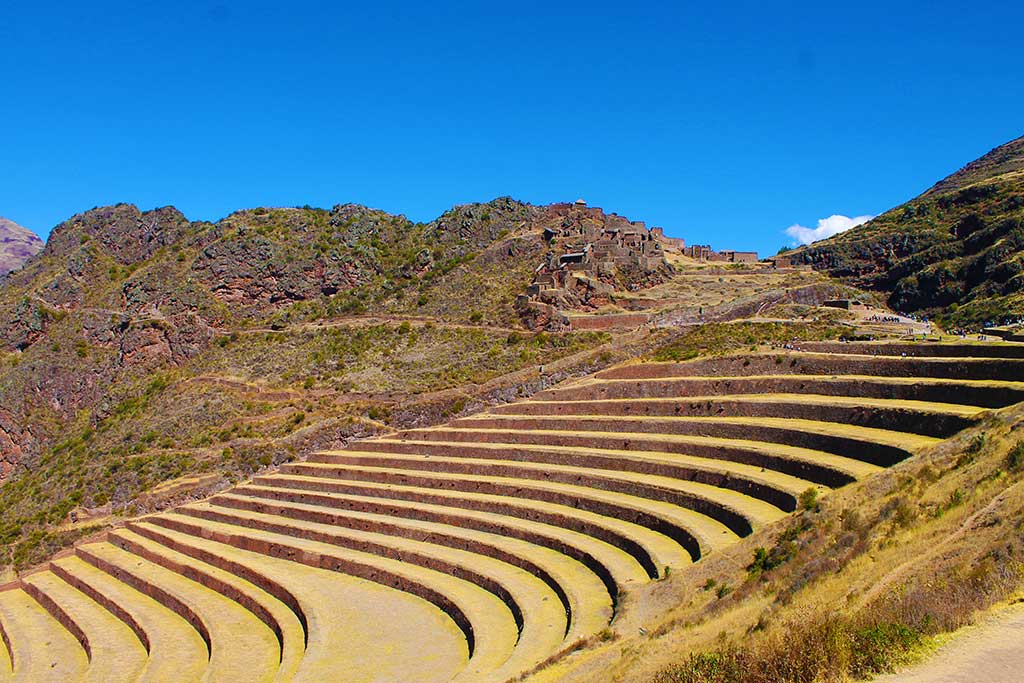
And if you’re hoping to spend the night in the valley, a hostel in Pisac is a great choice. In addition to traditional Andean culture, you’ll encounter a lot of spiritually and artistically inclined expats. Urike’s Café is a popular meeting place with an international feel. If you want to venture off the beaten path, Pisac is also a good launching point for the Kinsa Coche (Three Lakes) hike.
Urubamba
Urubamba, one of the largest towns in the valley, is also easily accessible from Cusco. The Sacred Valley is even referred to as the Urubamba Valley sometimes because the Urubamba River runs through it. And though the town isn’t famous for a particular set of ruins, it offers a well preserved glimpse into the everyday lives of Andean villagers. It’s also a good jumping off point for two notable sites: Maras and Moray.
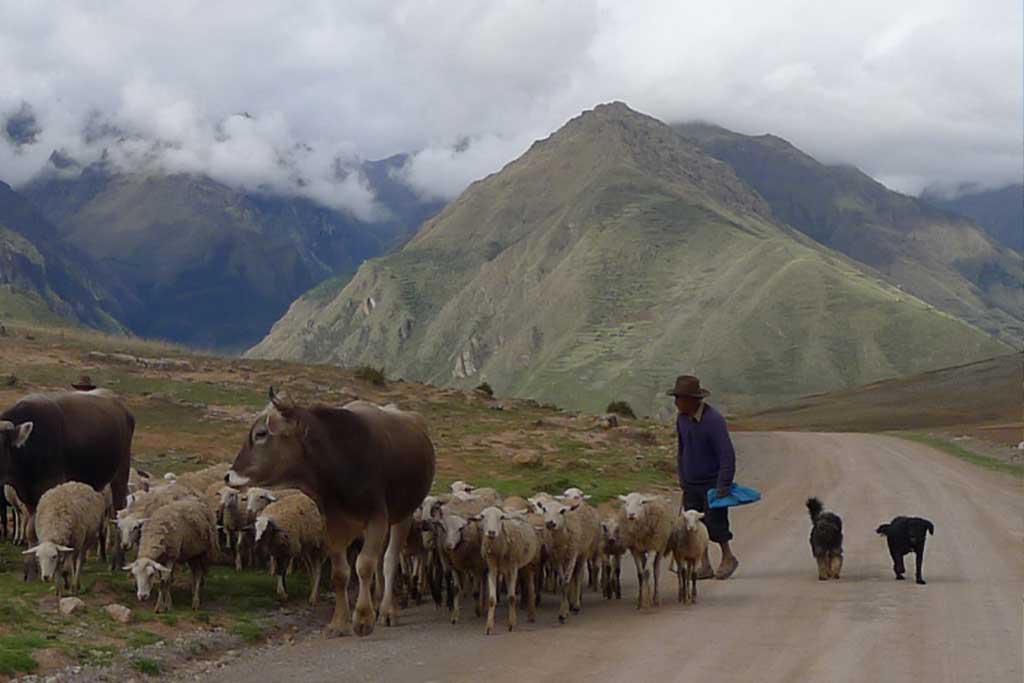
The village of Maras is home to spectacular salt mines believed, like many of the region’s ruins, to actually pre-date the Incas. Just outside Maras, Moray is an archeological site famous for the circular construction of its agricultural terraces. And on a less historical note, if you’re in the greater Urubamba area, the Brewery of the Sacred Valley is definitely worth checking out!
Ollantaytambo
Many people go through rather than to Ollantaytambo because it’s the most common place to catch the train to Machu Picchu. However, not regarding Ollantaytambo as a destination unto itself is a huge mistake. The winding corridors of the town, set against the waning valley’s jagged mountains cape, are a treat to explore. It’s also home to an impressive archeological site, which includes a former fortress and temple.
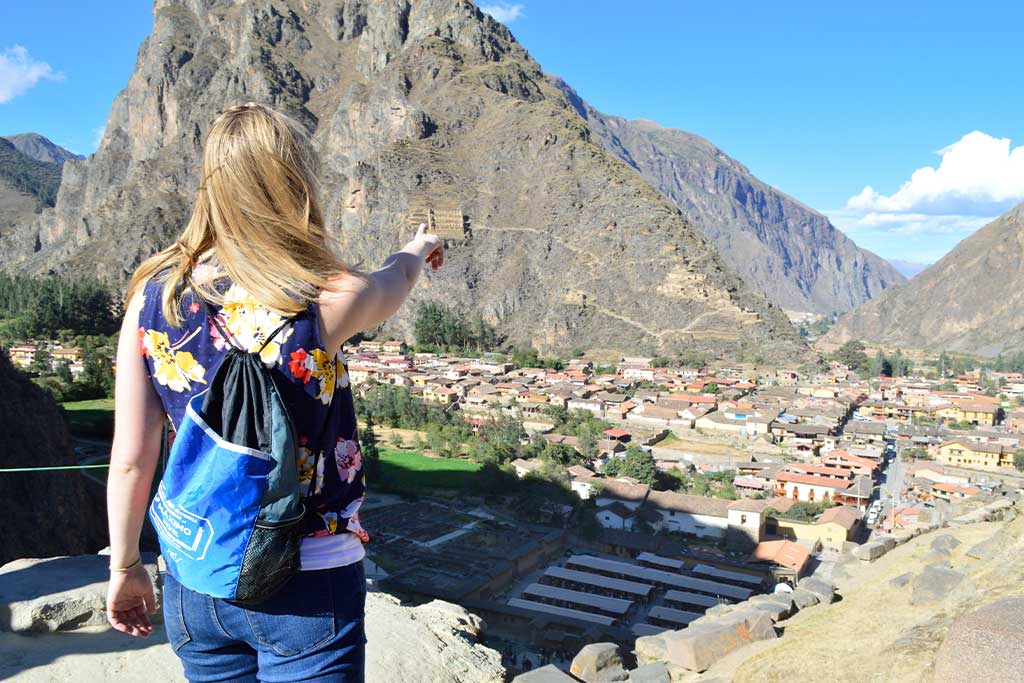
Chinchero
Geographically, Chinchero is actually on the way to Urubama. However, it’s one of my favorite towns in the valley and I think it really merits its own trip. It rests at a higher elevation than much of the valley, which makes for fantastic views. The Chinchero archaeological site is also the starting point for a little known hike along an old Inca road, which leads to the small village of Urquillos. It’s especially beautiful during the rainy season when all of the wildflowers are in bloom!
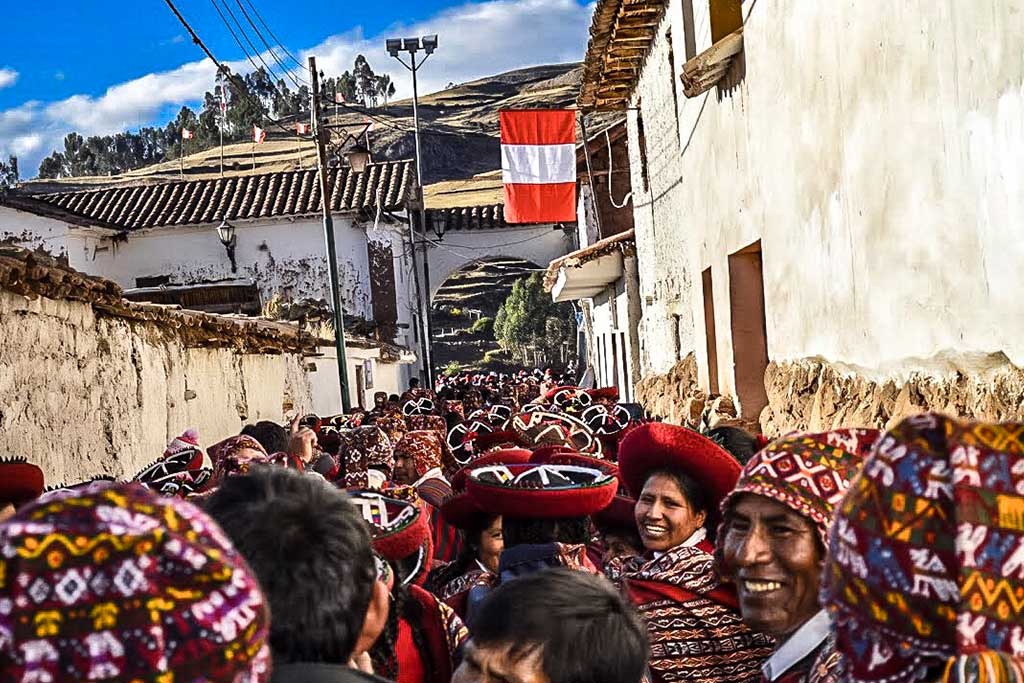
But no matter which village you choose, you’ll never regret a trip to the Sacred Valley. I could keep you here all day if I listed them all, but some of my other favorite sites are Tambomachay and Tipon. Honestly though, I didn’t visit any disappointing ruins in Peru. Perhaps, Inca architecture has forever tainted traveling to other archeological sites around the world. So while you’re there, don’t take it for granted. Explore!
